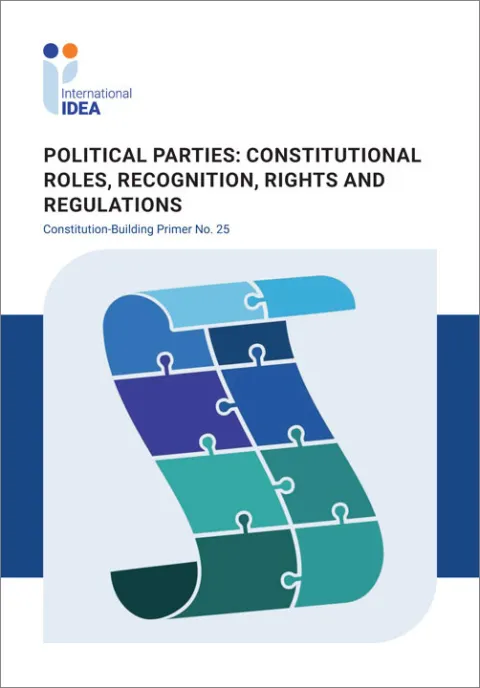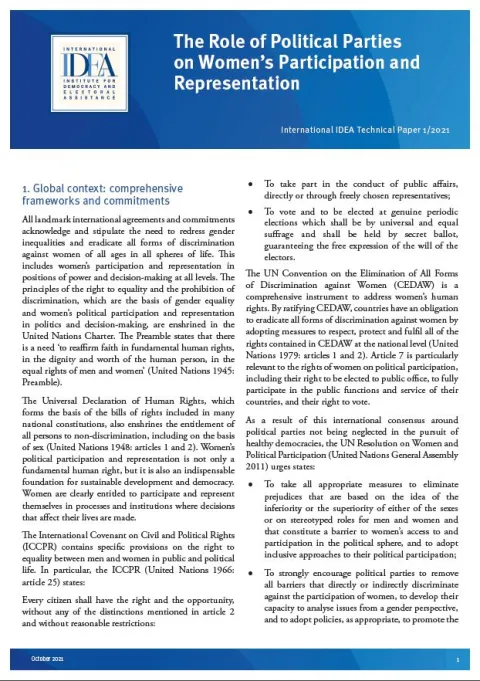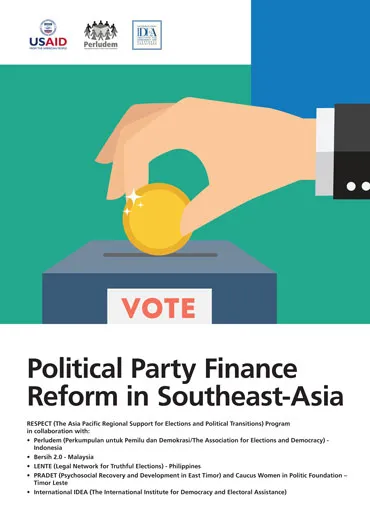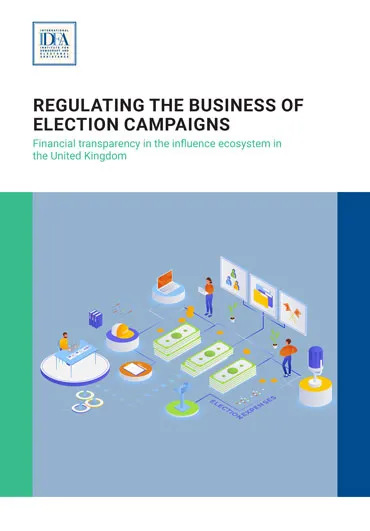The Policy Positioning Tool for Political Parties: A facilitator’s guide
Political parties need to take positions on public issues and communicate these positions publicly. In this way, voters can see what the parties stand for and choose which party to vote for.
In many emerging democracies, political parties are based around the personality of a leader rather than a long-term identity based on policies. Parties often lack the skills and experience to debate policy positions and mobilize voters around their ideas.
For this reason, International IDEA, NIMD and ProDemos have created a Policy Positioning Tool (PPT) for political parties. The tool helps parties develop and promote their individual policy positions through an online voting application. As the level of internet access in emerging democracies increases, online applications can be a very attractive way for political parties to reach voters.
This guide describes the technical and real-world steps involved in assisting political parties in developing and using a PPT. It includes a case study on the use of the tool by political parties in Lima, Peru, and is a must-read for practitioners seeking to help political parties become more effective in their internal and external communication.
Details
Staff authors
Contents
Foreword
Preface
Acknowledgements
1. Introduction
2. The Policy Positioning Tool for political parties
3. Operational guidelines for assistance providers
4. The 13-step implementation process
5. Considering the broader political environment
6. Case study: a practitioner’s experience in Lima, Peru
Annexes
Annex 1. Deciding on policy themes
Annex 2. Frequently asked questions about voting advice applications (VAAs)
Annex 3. Differences between voting advice applications
Annex 4. Examples of voting advice applications
References
About the authors
About the organizations
Colophon
Additional Material
Table A1.1. Identifying policy themes for use within the Policy Positioning Tool
Give us feedback
Do you have a question or feedback about this publication? Leave us your feedback, and we’ll get back to you
Send feedbackThe Policy Positioning Tool for Political Parties: A facilitator’s guide
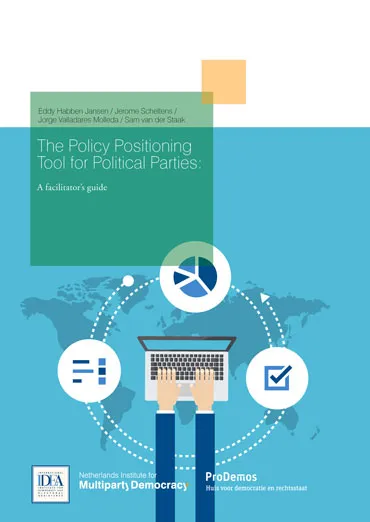
| Total views | 9251 |
|---|---|
| Downloads | 86 |
| Rating |
Staff authors
Give us feedback
Do you have a question or feedback about this publication? Leave us your feedback, and we’ll get back to you
Send feedback